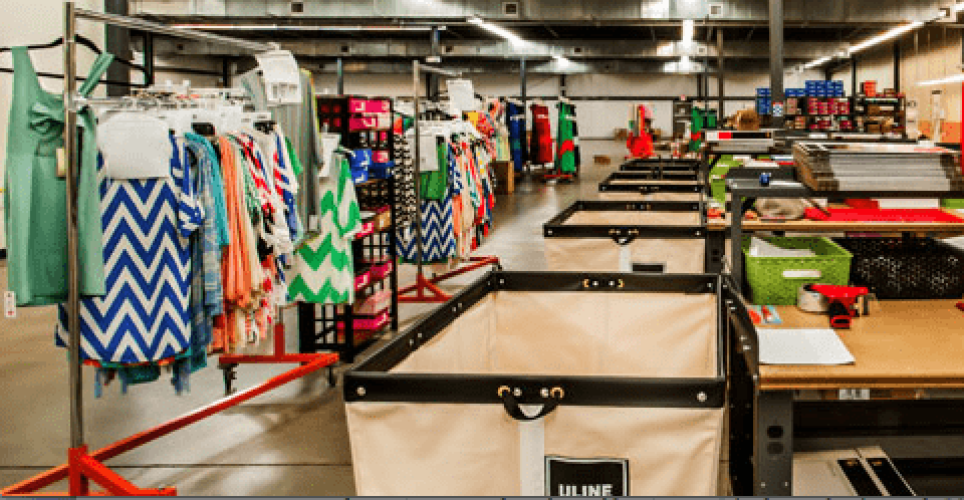
3 Creative Ways to Pay for Inventory
Finding money to pay for new inventory is arguably the most challenging financial aspect of running a product-based business. It’s the maker’s catch 22; you can’t increase revenue without producing more products, but how do you produce more products without first making more money?! In this post we discuss 3 ways to circumvent this issue and creatively fund your next batch of inventory.
Friends and Family-Funded Purchase Orders
This approach mimics the concept of Purchase Order Financing (if you’re not familiar with the concept, read about it here) but replaces the role of the PO Financing firm with willing friends and family. The set-up is simple; outline how much it would cost you to produce X number of goods with a given supplier. Then, propose to your loved ones that if they invest in the cost of the production invoice, you’ll repay them their base investment plus a percentage of sales on these goods.
Whether you look for one investor to cover a purchase order or 10 people giving $500 each is up to you. The same goes for the sales percentage you offer, and if you make repayment guaranteed (meaning if no goods sell, you’ll still find a way to return their original payment) or solely contingent on sales. Other factors to consider include the length of the repayment period, and how you’ll keep the paperwork and accounting organized. Thinking through these things (and consulting a lawyer and/or accountant if your situation warrants) is worthwhile. This funding method can yield great returns for investors (who are usually happy to support you regardless) and if you successfully sell all of your product, you might find that your investors want to roll over all or a portion of their funds, providing you with an ongoing way to pay for product.
Pre-tail
Pre-tail is a relatively new term, ushered in by the era of crowdfunding. It essentially means that you are selling your goods to customers before you’ve actually made them. The benefit of this funding mechanism is that the proceeds from these sales afford you the opportunity to manufacture the product.
The key to pre-tailing successfully is to find a platform that allows you to connect with enough customers interested in your product. This may be a crowdsourcing site like Kickstarter, or you might have enough of a base to pre-sell through your existing channels (website, social media, etc.). Brands just getting started may consider trading higher profit margins for more volume (i.e. selling more product at discounted prices) in order to just get the ball rolling. Momentum is a precious resource and sometimes comes at a price.
Adding in future discounts or early membership to a niche group is also effective at driving pre-sales. For example, if you make e-reader covers, you could give buyers lifetime access to your private book club. Being part of a like-minded community is an invaluable up-sell.
Microloans
After working with hundreds of product-based startups, I feel safe saying that microlending is an under-used financing tool in the US. Microloans range anywhere from $500 to about $35,000 and are offered through microfinance organizations (usually non-profit) like Accion and the Intersect Fund.
Compared to traditional bank lending, microfinance is easier for start-ups and ‘risky’ businesses to access. While microlenders do examine personal credit and overall financial health, they require little or no collateral, and will often extend small loans to businesses with no sales history if the owner can make a strong case for repayment.
The best part about these loans? The application and disbursement process typically takes about a week, giving those in a rush instant gratification. If you are confident in your ability to sell your inventory once it’s made, using a microloan is a realistic, accessible way to fuel production.









Leave a Reply